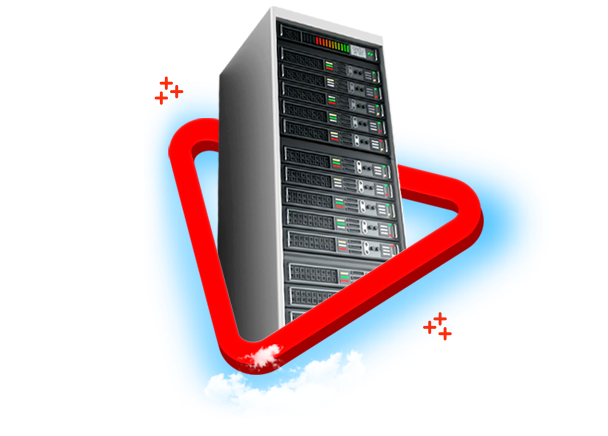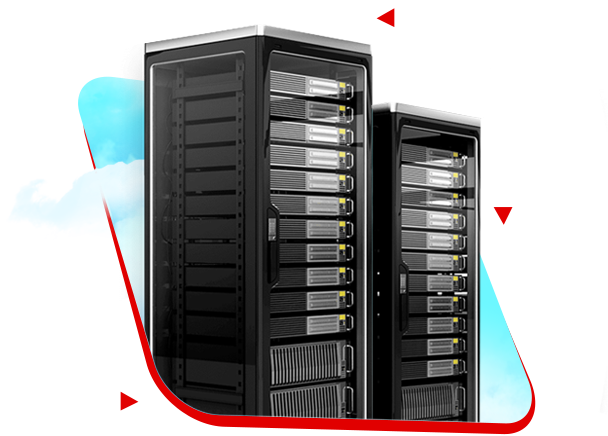
Today, information preservation is considered one of the most important pillars of a system’s survival. For this reason, Microsoft SQL Server is considered one of the most popular and powerful database creation and management software. In the following, we will discuss what SQL software is and what SQL is used for and how it was born. What is Microsoft SQL Server software and what is its role in maintaining information.
What is SQL?
Table of Contents
SQL, which is also known as the sequel, stands for Structured Query Language, which also means “structured query language” or “structured query language”. In the 1970s, the abbreviation “SEQUEL” or sequel was referred to, which was renamed to SQL due to the commercial monopoly of this name under the authority of an airline company.
SQL is a standard language for accessing and working with databases. This language has been an International Standard Language (ISO) since 1987.
What is Query?
Queries are the most common operations in SQL that are executed by a SELECT statement. The SELECT statement retrieves data from one or more tables. The “standard SELECT” statement has no lasting effect on the database. Some “non-standard SELECT” statements, such as “SELECT INTO” that are available in some databases, can have lasting effects on the database.
Queries allow users to define desired data and put the “database management system” in charge of planning, optimizing, and executing the physical operations necessary to produce the desired result.
What is sql server and what is its use?
In response to what is sql server software, it should be said that it is a relational database provided by Microsoft, and its main task is to store and retrieve information based on the request of other software. Microsoft SQL Server has various versions suitable for different audiences and work environments, which we will discuss in the rest of this article.
The most important use of SQL Server is to build a large database that can be accessed by many users at the same time.
The basic codes of SQL Server were first designed by Sybase SQL Server and later Microsoft bought the full license of that software. Microsoft’s purpose in purchasing this software was to upgrade it to higher levels and compete with the databases offered by Oracle and IBM. With this goal, a team consisting of Microsoft, Sybase and Ashton-Tate was formed and the first version of this software called SQL Server 1.0 was released for the OS2 operating system in 1989.
This version, in fact, was equivalent to its previous version, “Sybase SQL Server 3.0”, which was released for the Unix operating system. Later, Microsoft SQL Server 4.21 was released for NT and Windows NT 3.1 operating systems, which made it more popular among Windows users.
Microsoft SQL Server 6.0 was the first version of this software for Windows NT operating systems, which did not use any of the Sybase technologies.

What role did Windows NT play in the legacy of SQL Server?
After the release of Windows NT, the two companies Microsoft and Sybase separated from each other and each of them tried to conquer the market with their own software. Microsoft registered all the rights to design and sell Microsoft SQL Server software exclusively in its own name, and Sybase company also tried to compete with Microsoft software by changing the name of its software to “Adaptive Server Enterprise” in order to avoid mistakes. the payment.
Currently, more than 10 years have passed since the release of the previous versions of Microsoft SQL Server products, significant improvements have been made to increase the productivity of this software. Client IDE tools as well as many additional packages were released with SQL Server 2005. ETL tool, reporting server (Reporting Service), OLAP tool or data mining server (Data mining server), analytical services and several messaging technologies are examples of these special features.
Now that we know what SQL Server software is, we will check the versions and types of SQL Server.
SQL Server 2005 version
SQL Server 2005, codenamed Yukon, was released in October 2005 as an extended version of SQL Server 2000. This version of SQL Server software has full support for XML type data. Requests for XML data are sent through XQuery and the Common language runtime (CLR). This version also adds special features to XQuery called “XML DML”. In response to what is the use of this version of sql server and what are its advantages, it can also be said that it enables users to place their server database under web services and use it through Tabular Data Stream (TDS) and SOAP protocol.
2008 SQL Server
The version of SQL Server 2008 codenamed Katmai was released on August 6, 2008 with the aim of providing self-tuning, self-organizing and self-maintaining databases. This version uses the “SQL Server Always On” technology, which brings a very high stability to the database and brings the server Down Time to almost zero. Microsoft SQL Server 2008 fully supports structured or semi-structured data, including media formats such as images, video, and audio files.
In this version, multimedia information is stored as binary large objects or BLOB (Binary Large Object) in the database. According to the report of the director of Microsoft applications design, Paul Felsner, SQL Server 2008 is able to act as a storage center for all kinds of information such as: XML, email, time and date, file, documents, information related to the coordinates of different positions, etc. It can also simultaneously perform different operations such as search, query, analysis, sharing and synchronization on all information.
Microsoft SQL Server 2008 software structure
This software has improved its support for unstructured and semi-structured information through FILESTREAM data. Structured information and Metadata are always stored in SQL Server database, while unstructured information is stored in system files such as Win32 and APIs and can be checked by T-SQL. we pay
Also, this version of the database has special and complete capabilities for creating backup copies.
SQL Server 2008 fully supports hierarchical data, and the user can control them using T-SQL without using recursive queries.
According to a technical article from Microsoft, in this version of Microsoft SQL Server, full-text search functionality is included, which simplifies database management and significantly increases its productivity.
In addition to all the mentioned features, this software supports the popular ADO.NET Framework and data replication tools.
SQL Server 2008 R2
SQL Server 2008 R2 was first introduced as Kilimanjaro in 2009 and was officially released in April 2010. This version added special features such as the central information management system (Master Data management) to its previous version. This software has completed other tools such as the ability to manage several separate servers at the same time (Multi Server Management), advanced reporting services and integrated analysis services of the previous version.
SQL Server 2008 R2 includes new services such as: PowerPivot capability to support Excel and SharePoint software, Master Data Service capability, Stream Insight capability, and plugins to receive reports from SharePoint software.
SQL Server 2012
In 2011, Microsoft released another version of Escival Server codenamed “Denali”. This version was the last version to support OLE DB, and ODBC was supposed to replace it in the future.
Features of SQL Server 2012 compared to previous versions
New features have been added to SQL Server 2012, the most important of which is the possibility of Failover, Cluster and Availability Groups, which have improved the availability of the database by providing some new features.
In addition, in Microsoft SQL Server 2012 you can completely move databases between instances. Apart from the optimizations, SQL Server 2012 has also made many improvements in the security sector. Now that we have reviewed this version of the SQL Server software, and at the beginning of the article, you have learned about the concepts of SQL Server, in the article, we will review another version. We pay for it.
SQL Server 2014
SQL Server 2014 was released in April 2014 with version 12.0. This version added a new feature for memory management, according to which tables can be completely in memory. With this technique, in the processes that need to process large tables multiple times, there is no need to load them multiple times from the disk and thus the amount of load on the disk is reduced.
For SQL Server applications that are disk-based, an extension called “SSD Buffer” “Pool” is provided, which can be placed between RAM and external memory and increase performance like a cache system.
In addition, SQL Server 2014 has taken advantage of the advantages of Windows Server 2012 to scale database applications in virtual and physical environments.
SQL Server 2016
This version was released in 2016 with number 13.0.
SQL Server 2016 no longer supports 32-bit processors and will only run on systems with 64-bit processors.
SQL Server 2019 version and its difference compared to previous versions
SQL Server 2019 has implemented various optimizations in different areas. Currently, this version is the latest version released by Microsoft. From 2016 onwards, this software is only supported on x64 processors.
What is T-SQL?
In response to the question of what is tsql, it should be said that TSQL or T-SQL for Transaction-SQL is an advanced version of SQL that has some extensions built on top of it. TSQL was originally developed by Sybase and is now owned by Microsoft. TSQL adds some advanced features to SQL to make it more powerful, including declared variables, transaction control, error and exception handling, string operations, date and time processing. This makes T-SQL Turing-perfect. conform, a test that determines the universality of a computational language.
CATEGORY:Blog











